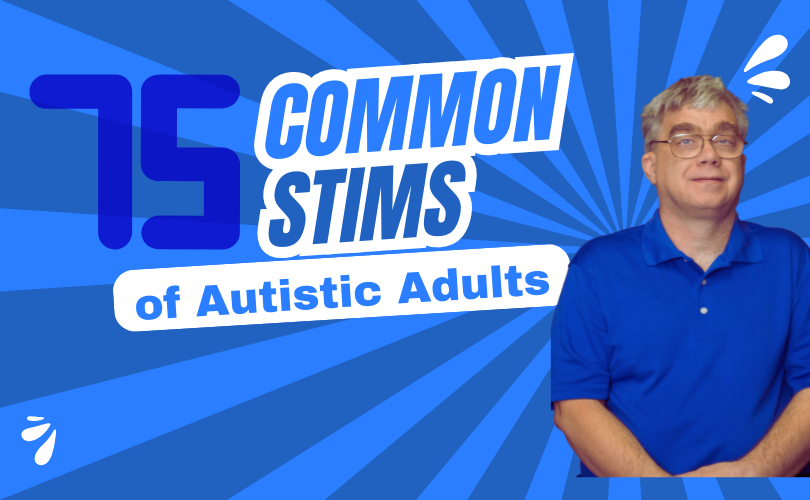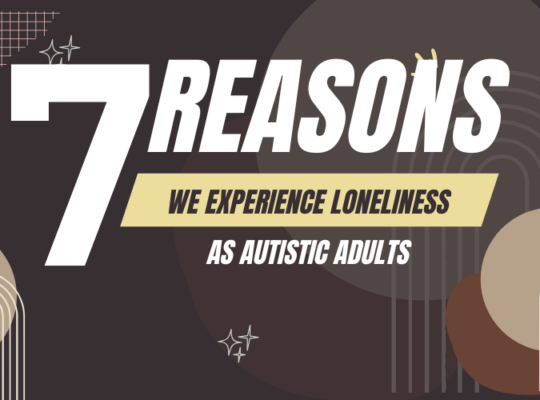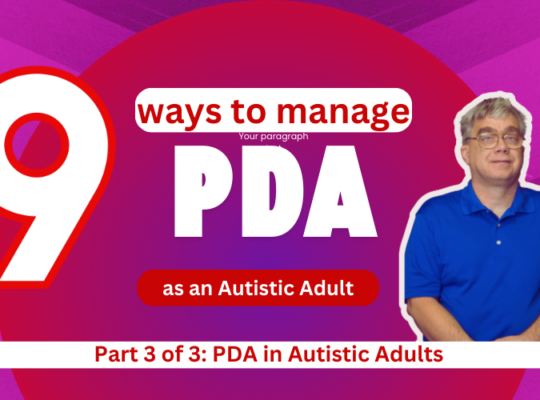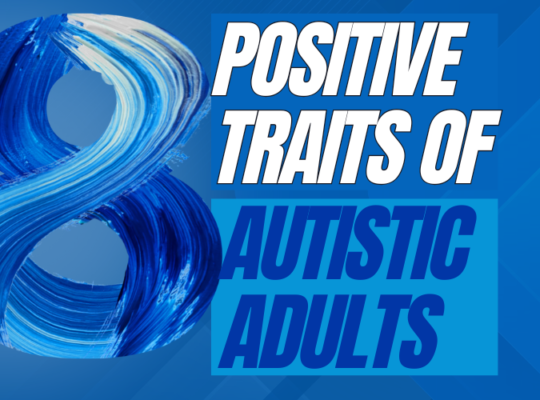It is true that everyone, even allistics, stim. It has also been said that Autistics are better at stimming!
Stimming, or self-stimulatory behaviors, are repetitive, movements or actions that individuals engage in to regulate their sensory input, manage emotions, or cope with stress.
Stimming is a natural and important technique Autistic adults use to self-soothe, and authentically express themselves.
Stimming should be recognized as an valid and vital form of sensory processing and self-expression.
Acceptance of, and accommodations for, stimming by Autistic adults can greatly improve the wellbeing and quality of life for Autistic adults.
There are six different types of stims: Auditory Stims, Olfactory Stims, Tactile Stims, Vestibular and proprioceptive stims, visual stims and vocal stims.
Auditory stimming is a self-stimulatory behavior that engages the sense of hearing
Examples of Auditory stimming:
- Tapping
- Clapping
- Playing music on repeat
- Repeatedly pressing the same button on a sound emitting device
- Repeating the same section of a show or video
- Dropping or throwing objects to hear the noise they make.
Olfactory stimming is a self-stimulatory behavior that involves smell
Examples of Olfactory Stimming
- Smelling food before eating it
- Smelling pages of a favorite book
- Smelling a favorite shampoo or conditioner
- Sniffing objects frequently
- Sniffing familiar items of comfort
- Licking objects to smell them
- Rubbing objects on the nose
- Seeking out strong smells
- Collecting scented items
Tactile stimming is a self-stimulatory behavior that involves using the sense of touch to regulate emotions
Examples of tactile stimming
- Repeatedly touching items, textures or surfaces
- Scratching, picking your skin,
- Rubbing or stroking skin (your own or someone else’s).
- Chewing on items to experience how they feel inside mouth
- Rubbing teeth together (also known as grinding teeth)
- Rubbing hands together
- Hand flapping
- Hair twirling
- Finger Tapping
- Finger picking
- Finger flicking
- Finger biting
- Item pinching
- Opening and closing fists
- Touching objects
- Squeezing objects
- Leaning into objects
- Button pressing
- Tip toe walking
- Pouring liquids over fingers and hands
- Digging hands and fingers into soil or sand.
Vestibular stims are activities that focus on gravity and movement. The vestibular system is also known as the balance center, and it receives information about the body’s movement in space
Proprioceptive stims are activities that focus on POSITION and the movement of muscles and joints.
Examples of vestibular and proprioceptive stims
- Rocking
- Swaying
- Jumping
- Pacing
- Swinging Body
- Hanging Upside down
- Bouncing on a trampoline
- Seeking pressure
- Tensing body
Visual stimming is a repetitive behavior that involves the sense of sight.
Examples of visual stims
- Blinking
- Moving fingers in front of eyes
- Turning lights on and off
- Starring at objects or lights
- Watching light and sensory lights as the glow and glisten and move
- Watching as you drop small items in front of your eyes
- Creating high color contrast environments
- Observing reflections
- Using a visual resource to notice patterns such as a kaleidoscope
- Watching the washing machine or dryer drum as it goes through a cycle.
- Head tilting to look from different angles
- Looking from your peripheral vision
- Dumping out objects from containers to see what patterns they may create
- Spinning objects
- Staring/Zoning out
- Lining up objects
Vocal stimming is a self-stimulatory behavior that involves making repetitive sounds with the mouth, lips, and vocal cords.
Examples of vocal stimming
- Making sounds with your mouth
- Humming
- Singing
- Squealing
- Whistling
- Making clicking sounds
- Throat clearing
- Grunting or growling
- Mimicking noises
- Making vocalizations
- Repeating certain words or phrases (this is known as echolalia)
- Saying random words out of context
- Shouting, yelling or screaming
- Talking to yourself







